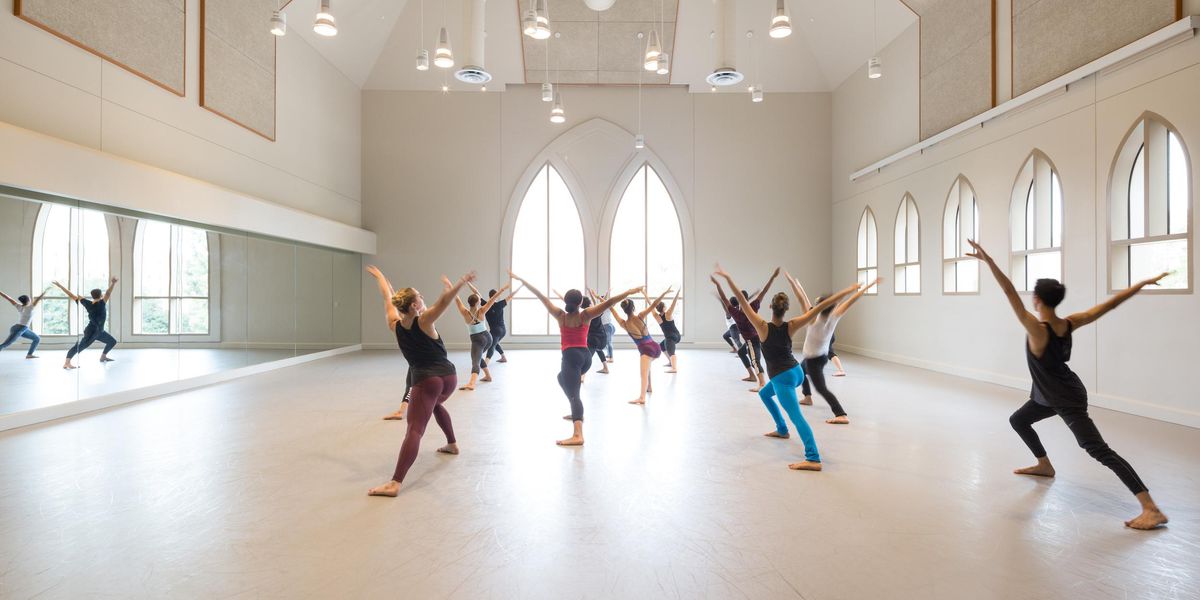Akram Khan
iTMOi, May 28, and
Desh, June 11, 2013
Sadler’s Wells, London
At right: A scene from
iTMOi. Photo by JLouis Fernandez, Courtesy Akram Khan
Akram Khan has a talent for revealing the unseen, even the undefinable. Made for the centennial celebrations of The Rite of Spring’s premiere, his latest creation, iTMOi, explores the musical and emotional impulses from which that historic landmark emerged. The title stands for “in the mind of igor,” but Khan commissioned music from three composers instead of returning to Stravinsky’s score. He also replaced the original libretto, in which a girl is sacrificed to ensure the arrival of spring, with a wider atmosphere of violence and domination.
Nearly everyone in this piece becomes a victim, as if that loathed condition could fall at random, now on this unsuspecting person, now on that one, without preparation or warning. The 11 dancers adopted one inexplicable guise after another, abandoning human personality to represent states of mind. Wearing long curving horns, one prowled the stage on his hands and feet like a stalking animal. A young woman in white strained against a constricting web of ropes. A man stood on his head, waving his legs languidly above the crimson cone of his inverted hoopskirt.
Though Khan says the theatrical work concerns “ritual, faith and sacrifice…also issues of doubt,” its meaning remained largely in his mind. Striking images, less dance than dance-theatre, poured out of him. The whole ensemble shook and jibbered or jumped rhythmically to rhythmic chanting, a couple writhed sensuously in a flood of golden light, but together they produced a private ritual that only the choreographer might understand.
His award-winning Desh, which means homeland in Bengali, is another matter completely. Drawn from his own body and history, the riveting 80-minute solo fuses dance, music, spoken text, and extraordinary animated visuals with which Khan interacted—a projected tree acquired three dimensions when he climbed it.
The two chairs in Akram Khan’s
Desh. Photo by Richard Haughton, Courtesy Akram Khan
His mime, posture, and dancing surpassed the projections in bringing depth and character to empty space. Having painted a face on his shaved head, he curved forward, supporting it on his arm, to portray his father, with whom he later conversed, enacting both roles at once. He lifted and embraced a non-existent child, whose voice we heard, and he shifted his own physical scale simply by sitting in two chairs, one gigantic, the other small enough to slide under it.
Dodging traffic evoked by a storm of honking horns and bicycle bells, he showed us man’s struggle against the brutal forces of civilization. Punching the air defiantly, he joined the boisterous political crowd projected behind him, responding at the same time to his father’s question, “Do you know what it is to be a man?”
By combining stunning contrasts—kathak and modern dance, crushing mechanization and natural lyricism, protest and peace—the British-born choreographer confronted both his Bengali heritage and his family. Investing every gesture with significance, his subtle skill and charismatic presence led us on an unforgettable journey through his imagination.




